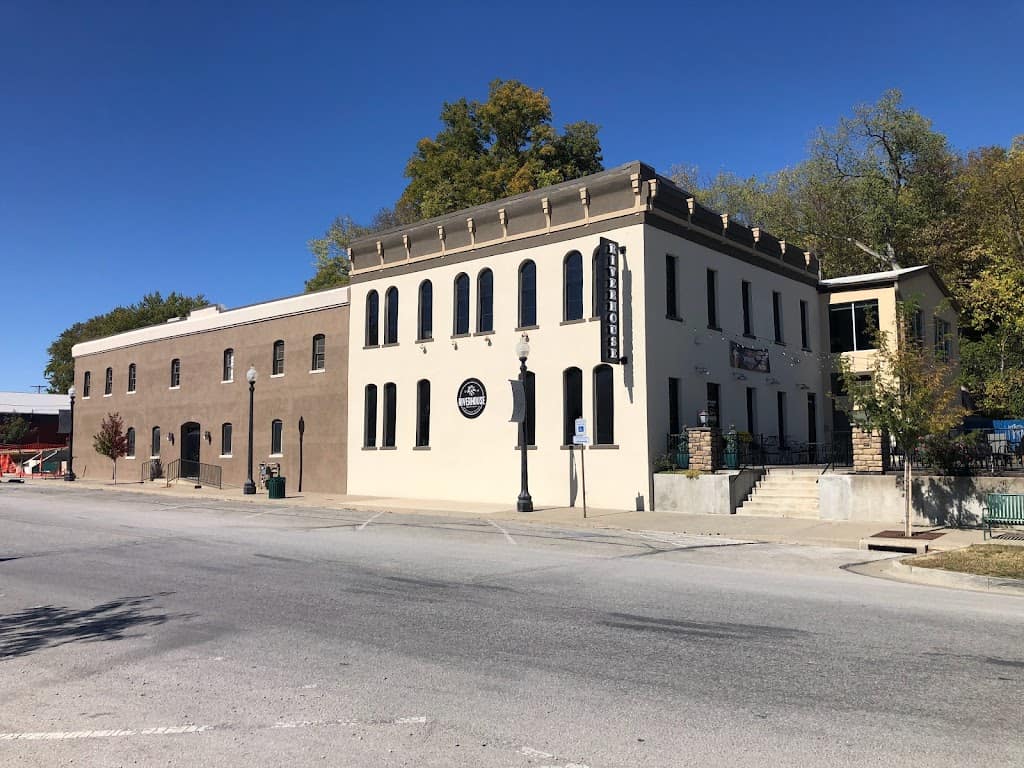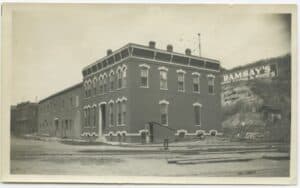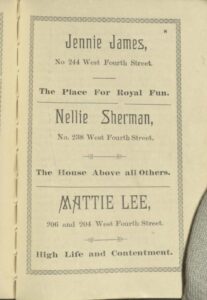
A few years ago, I helped a Canadian author research a prostitute from the 1880’s in Kansas City. I discovered a rare book in the indexes of the Yale University Library: “The Kansas City Little Black Book”. I requested it, but they couldn’t do an interlibrary loan, so I asked them to scan and email it to me. They agreed! It is undated but it is definitely from around the turn of the center. I just stared at the names on the calling cards of the prostitutes (which are pictured here). Who were these women? What were they like? The desire to know them took root and grew strong in my heart. Thereafter, whenever I visited a historic town to explore, I searched their records for the brothel ladies. I tried to imagine their lives in the Wild West, servicing dangerous, rough, violent men. As I hunted, I became aware of an awful truth. These women’s stories are buried because they were an embarrassment to the towns during the Victorian era. They were hidden to the point that there is little evidence of their existence. And yet……we honor the vicious criminals of that time with museums and statues and movies and books about Jesse James, Quantrill, Billy the Kid, Butch Cassidy, etc, etc, etc.
But I was in for a surprise one random day when I decided to treat myself to a drive up to Atchison Kansas to enjoy their magnificent Fall colors. I stopped first at the Visitor Center, which just happens to house the Atchison County Historical Society. As I entered, I decided to take a quick peek at their holdings. I was greeted by a young man, Sterling Falk. He is the Assistant Director of the Historical Society. I decided, impromptu, to ask him about the prostitutes of their town. I didn’t expect much of a reply. I assumed this was another town that deemed that part of their history taboo. So, I was astounded when Sterling went right to work, and vigorously. He immediately started pulling up one story after another. Jan, from the Genealogical Society, was also there, and enthusiastically joined in the discussion. They sent me to the Riverhouse Restaurant, a rumored brothel, while they continued to dig. So off I went!
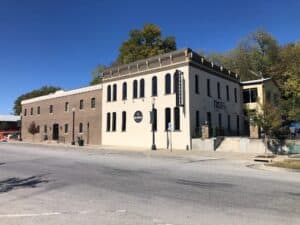
When I arrived, the Riverhouse Restaurant was closed. But there was a man standing outside who told me I could go inside. He said he was with the Rotary Club and they were having a meeting upstairs. He was the Club greeter and allowed me entrance. So I explored the beautifully maintained historical interior. I moved up the carved staircase, and arrived at the Club sign-in table on the second floor. I explained quickly what I was doing there, and a woman, shockingly, told me she had recently received an email about the history of the building. She introduced herself as Peggy, and showed me the email. I was stunned to see all the information I was looking for. It had been a brothel(!), and Peggy even had the names of the Madame and the girls who worked there. What is the probability that I would be able to enter a closed restaurant…. to find a women who just happened to have the precise information I was looking for??!! Astronomical odds. I was certain then that these prostitutes wanted to be found and have their stories heard.
I hurried back to the Historical Society to share Peggy’s find. Sterling surprised me with a picture of the brothel from that era that he had dug up in the
Historical Society’s archives:
Can you see the resemblance of the brothel then to the Riverhouse Restaurant today (first photo)? In the back portion – the rooms with the thin slits for windows, look suspiciously like cribs. Those were tiny rooms relegated to older prostitutes, who had aged out, and earned far less money. The younger women were given the larger, more luxurious rooms at the front of the house.
Thank you, Riverhouse Restaurant and Atchison County Historical Society, for preserving this history and these women’s stories.
I now turned to the list of names that Peggy had given me. Sterling and I set to work. Sterling has such an energy of determination and great love for the riches of the past – that he can discover anything waiting to be found. He is one of the best researchers I have ever encountered, because he is tenacious and is driven by the passion of the hunt.
And so we dug deep. I was profoundly thankful for what we unearthed. Atchison did not bury these women out of shame. Newspaper articles from the 1860’s to 1915 shared their stories, unlike anything I have ever seen. I am so proud of this town for honoring these women. These 13 year-old girls didn’t wake up one day and tell their mothers – “I want to be a prostitute when I grow up, Mom!” We soon learned these girls had no options. Here is one reason why:
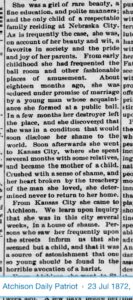
This is the story of Julia. Tragically, it is a common one. She was a teenager, well-educated, and from a good family. She attended a society ball where she met a young gentleman, who pledged to marry her. Before the wedding, she became pregnant, and the man quickly disappeared. Julia was thrust out of “polite” society. Those who considered themselves respectable, including her own family, turned their backs on her. She was a permanent outcast. She was denounced with great shame, and in believing that as truth, she felt she belonged in a “house of shame”. I have read article after article of similar girls commiting suicide within the first year.
Helen King, age 21, died from swallowing carbolic acid. Her mother attended her funeral, sobbing wildly and kissing her dead lips. Her father refused to attend.
Lily Crooker, age 15, deliberately overdosed on morphine. She had worked in the brothel for 5 months. Her funeral was attended only by two dozen prostitutes. Not a single man was seen. There was no minister. The fallen women followed the hearse silently and respectfully. Without song or prayer, Lily was laid in the ground. Not even a benediction was offered. I appreciate the recounting of this event by the Atchison Daily Champion, November 16, 1875.
I am also deeply grateful to the Sunday Morning Call newspaper, of June 3, 1883, in which an editor wrote a scathing censure of the society that had forced these girls into these positions. It upbraided the silent partners of the bawdy houses – who provided the houses to be rented as brothels. These men were town leaders and professional business owners. They frequented the places for services themselves. The editor also scorned the respectable wives who drew a “dead line” in the sand between virtuous women and vile women, even between themselves and their own daughters. That phrase – a dead line in the sand – penetrated my own conscience. I hope I never participate in that grotesque attitude. These girls needed understanding, help, and compassion. I trust our advanced society of today will grant that to each soul in destitution.
Another reason many of the young girls entered the world of prostitution is because they often worked in filthy, darkened factories, toiling away, with no vision for change during their lifetimes. They would then emerge from their hard labors each day to see the established prostitutes, parading through town – dressed lavishly in elegant gowns with jewels, laughing and appearing carefree. The girls only viewed the outward show of luxury and comfort; and thus, in their vulnerability, were easily recruited. Once inside the dens, they experienced the horrors of misery that awaited them.
I am so movingly impressed with the town of Atchison, Kansas for their tender handling of these women and their life stories. In 1874, the state provided a free hospital for the prostitutes affected by venereal disease. A House of Industry was also being built to help the women transition into other careers.
I have encouraged Sterling to write a book about the full stories of these women, and sell it in the Historical Society’s gift shop. If Sterling is unable to take this on, I hope someone will take our research (which includes mounds of notes), and do these women a great honor by preserving their lives in permanent print. They deserve to be heard. Far more so, I believe, than the vicious outlaws we spotlight and idealize. These lone women braved a world we could never possibly imagine.

